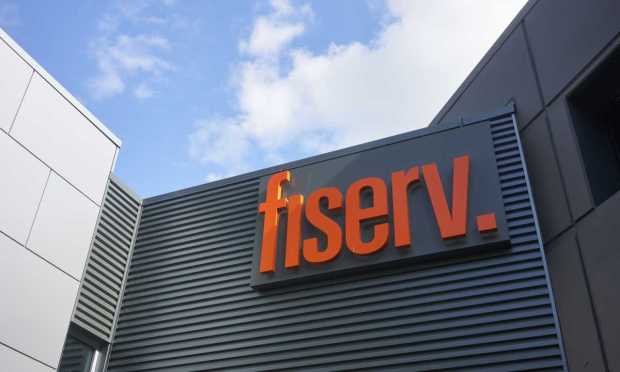Fiserv Debuts Tool to Simplify Online Delivery

Financial services giant Fiserv has launched a tool to help businesses control the delivery process.
The company’s Delivery Optimization solution — available to customers that use its Carat commerce platform — lets businesses such as grocers and restaurants connect their digital commerce operations to more than 40 delivery providers with one integration, Fiserv said in a Tuesday (Feb. 28) news release.
“Explosive growth in online delivery has created tremendous digital opportunities for businesses of all types, while adding new challenges to their operating models,” Fiserv Senior Vice President and Head of Global eCommerce and Carat Casey Klyszeiko said in the release.
“Our new Delivery Optimization solution enables businesses to best manage their own costs, while also retaking control of customer relationships so they can increase brand loyalty.”
The solution combines split settlement capabilities from Carat with the Bringg delivery management platform, allowing businesses to “efficiently unify last mile delivery, fulfillment and returns,” the release said.
As PYMNTS has written recently, there is a widespread demand for delivery in the grocery sector. Research from the study “Big Retail’s Innovation Mandate: Convenience and Personalization,” by PYMNTS and ACI Worldwide, found that 76% of grocers think consumers would be very or extremely likely to switch merchants if they weren’t allowed to order products for delivery.
In addition, research from the July edition of PYMNTS’ ConnectedEconomy™ series “The ConnectedEconomy™ Monthly Report: The Rise of the Smart Home” showed that 25% of consumers order groceries online for home delivery every week and 40% do so every month.
And as noted here Tuesday, this understanding that delivery is vital to customer loyalty has led grocers to do everything they can to build out viable fulfillment businesses rather than have to depend on third-party aggregators such as Instacart.
“We have a lot of respect for what those third-party marketplaces were able to do … in the earliest days of independent grocery eCommerce, when eCommerce was 1% of sales,” Jeff Anders, co-founder and CEO of eGrocery firm Grocerist, told PYMNTS in an interview.
“What we’re wondering about now is the merit of that third-party marketplace model for independent grocers now that eCommerce could account for 20+% of all grocery sales within the next several years.”
Anders added that, with aggregators charging per-order fees to retailers and consumers, grocers are wondering why they should not keep that payment and retain the transaction data, leading to a shift toward grocers providing direct fulfillment.
